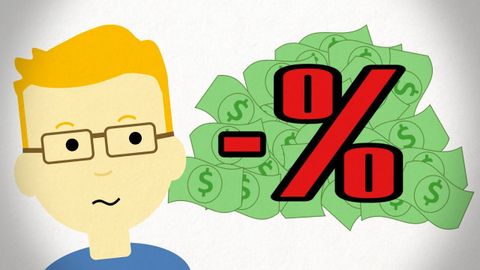
字幕と単語
マイナス金利の仕組み(そして経済にとっての意味 (How Negative Interest Rates Work (And What They Would Mean for the Economy))
00
林宜悉 が 2021 年 01 月 14 日 に投稿保存
動画の中の単語
experience
US /ɪkˈspɪriəns/
・
UK /ɪk'spɪərɪəns/
- n. (c.)経験;経験;経験;体験
- n. (c./u.)経験;職務経験
- v.t./i.経験する
A1 初級TOEIC
もっと見る エネルギーを使用
すべての単語を解除
発音・解説・フィルター機能を解除
